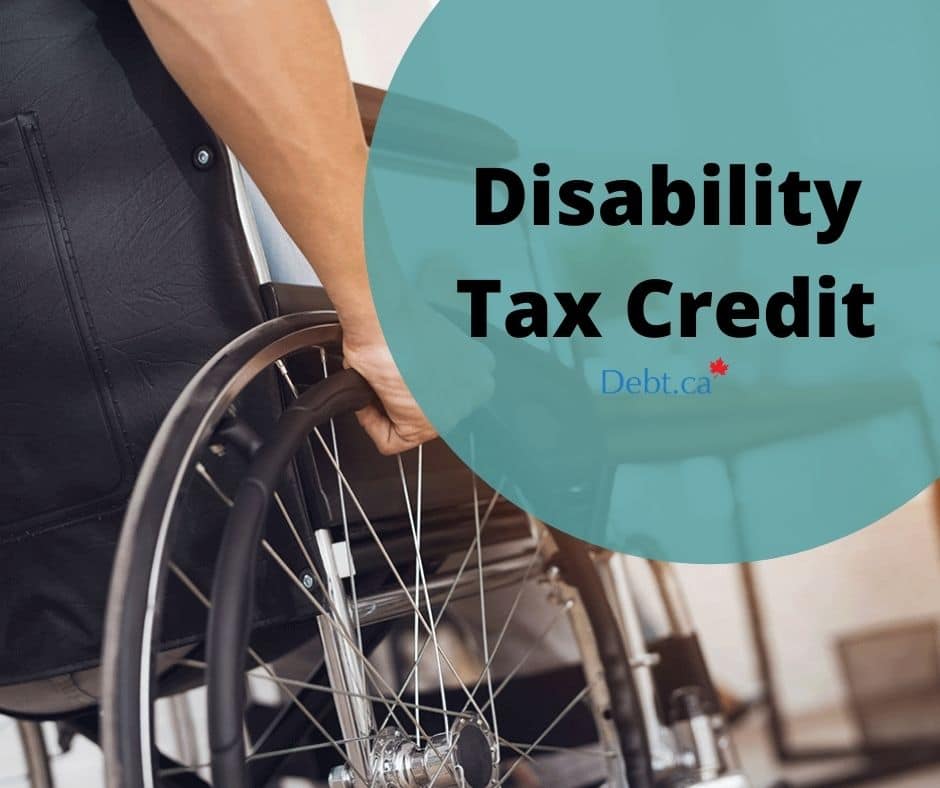The disability tax credit (DTC) is a tax credit to help lessen the tax burden of those with a disability and their supporting person. In this article, we’ll look at who is eligible for the DTC and what happens after you send in Form T2201, among other things.
What is the disability tax credit?
The DTC is a non-refundable tax credit designed to help offset the added expenses related to being a person with a disability. It helps the person with the disability and/or their supporting person lower the amount of income tax they owe.
If you’re a disabled person, you may claim the disability amount on your income tax return once you’re eligible for the DTC. Otherwise, your supporting person may be able to claim it. In addition, if you’re a disabled person who’s less than 18 years old, you can expect to receive a supplement at year-end.
The government introduced the DTC to create tax equality between taxpayers who have disabilities and those who don’t. The DTC helps provide some tax relief for disability costs since these are extra, but necessary expenses that other taxpayers don’t face.
Do You Qualify for the Disability Tax Credit Certificate?
You’re only eligible to claim the DTC on your income tax return if the Canada Revenue Agency (CRA) approves you for the Disability Tax Credit Certificate. Your medical practitioner will complete Form T2201 and certify that you possess a “severe and prolonged impairment.” Your practitioner must also describe the effects of your disability.
There are a number of ways in which you can be eligible for the DTC. To be eligible, you must meet one of the following criteria:
- You’re blind.
- You’re “markedly restricted” in a minimum of one of your basic activities of daily living.
- You’re “significantly restricted” in at least two of your basic activities of daily living (this can include your vision).
- You need life-sustaining therapy.
On top of that, you are required to meet all of the following criteria for your impairment:
- Your impairment is “prolonged,” which means that your impairment has affected you for at least 12 months or is expected to last you for at least 12 months.
- Your impairment is present “all or substantially all the time” (a minimum of 90 percent of the time).
If you’ve previously been informed that you’re eligible for the DTC, you don’t need to send another form unless you’ve been asked to or your approval period has lapsed.
How to apply with Form T2201?
Download Form T2201. Once you have completed Part A, have your medical practitioner who can certify the sections, complete Part B. Submit your completed form electronically or by mail. Here’s the step-by-step process of what happens after you send Form T2201 to the CRA.
Step1: The CRA receives your fully completed and signed Form 2201.
Step 2: The CRA will review and assess your application to see if you meet the eligibility criteria for the DTC based on the information provided by your medical practitioner. CRA may reach out to you or your medical practitioner if more information is needed.
Step 3: CRA will inform you of its decision by sending you a notice of determination. If your application for the DTC is approved, it will include the years you’re eligible for claiming the DTC.
If you have been denied, please refer to the below section titled, Did you receive a denial letter for the disability tax credit?
Please note that you don’t need to submit a new Form T2201 each year unless the CRA requests that you do so. The CRA may include information on other government programs that you’re eligible to participate in once your DTC application is approved.
When your eligibility for the DTC ends, the CRA should notify you at least a year ahead of time.
Step 4: The notice of determination says what years you’re eligible to claim the DTC. The last step is to go about claiming the DTC on your tax return for the years you’re eligible, which we’ll discuss next.
How to claim the disability amount once the DTC application is approved?
Once your DTC application has been approved, you can begin claiming the disability amount on your tax return.
If you’re the person with a disability and you’re claiming it for yourself, you can claim it in line 316. If you’re the supporting person and you’re claiming it for a dependant who’s disabled, you can claim it in line 318. If your spouse or common-law partner is disabled, you can claim the DTC on line 326 of your tax return.
If you’re eligible for the DTC in prior years, you can make a claim for the disability amount on your tax return going back as far as 10 years.
How much is the disability tax credit for 2021?
If you received a notice of determination saying that your DTC application is denied, here’s what you can do.
First and foremost, review the notice of determination. It will say why your application for the DTC has been denied. Review your copy of Form T2201 versus the denial reason provided by the CRA. The CRA bases its decision on information provided by your medical practitioner.
If you don’t agree with the CRA decision to deny your application for the DTC, you have several options.
You can call the CRA to ask them questions or talk about your application. You can call the CRA at 1-800-959-8281 within Canada and the United States.
If you’re not satisfied with the CRA’s explanation, you can take it a step further by requesting in writing that the CRA reviews your application. To help improve the chances of your application being approved, it’s a good idea to include any relevant medical information you previously haven’t submitted.
The final step you can take is filing a formal objection to the initial decision. Please note that you’re required to do so within 90 days after you receive the notice of determination from the CRA.








